
Halloween History: Contemplating Pumpkins and Pagans
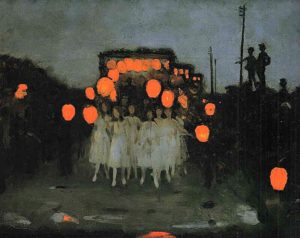
One often wonders where the traditions of our most beloved holidays actually originate. The American holiday of Halloween has come a long way in two thousand years with a mixture of both ancient and modern rituals playing a large role in this annual celebration. Bobbing for apples and wearing terrifying masks come to us from the murky pagan past but pumpkin pie contests and parties are more recent additions to this, the spookiest of seasonal festivals.
Samhain is the name of a Celtic druid festival celebrated before the onset of Christianity in Ireland. It represented the time after the gathering of the harvest and before the onset of winter. Samhain was the beginning of a new agricultural year for the Celts and during this time, the veil between the realms of the living and the dead were temporarily lifted. All those who had died in the last year were free to leave their graves and visit their relatives. With the good, so came the bad and the Celts made sacrifices, performed magical rituals and created defenses against a predicted onslaught of ill maligned ghosts and ghouls.
Brightly burning fires were the Celts main defense against the darker side of the world of the dead and this symbol remains a part of the modern Halloween custom. The bright fires were symbolic of the sun as the darkness of winter settled over the land. In some areas, the two-day festival of Samhain culminated with the lighting of new fires that were used to light the homes and cook the food for the following year. After the Roman Empire came to the British Isles in 43 BCE, the practice of Samhain took on a new form and now included the worship of the Roman goddess of fruit, Pomona. As the Celtic holiday coincided with the apple harvest in Europe, the two celebrations became co-mingled with bonfires and apple treats and fortune telling games indulged simultaneously.
With the arrival of Christianity, the Catholic Church replaced many of the pagan festivals with Christian festivals accounting for the modern dates of such practices as Easter and Christmas. Samhain didn’t really fit into the church’s timeline, forcing into reality a new holiday meant to replace the ancient beliefs. At the close of the ninth century, November 1 was declared to be All Hallows’ Day, a time of remembrance and prayer. The word ‘hallow’ means holy and the day was set aside for all the saints and holy people in the Christian worldview. Yet the pagan practices still persisted, especially in the rural areas of Britain where the lives of most people were dictated by crop cycles and the changing seasons.
All Hallows Eve was the church’s compromise to old world traditions and was meant as a time for visiting the cemeteries and praying for lost relatives. What actually happened was a combination of fire lighting, cemetery trips, fortune telling (using apple peels) and the persistence in the belief that on that night negative spirits walked the earth. As the years passed, the traditions and rituals of Halloween expanded and took on regional variations. In the English countryside villagers would roam the streets requesting currant filled sweet breads known as soul cakes that were to ward off evil and provide some sustenance for the poor. They carried with them hollowed out turnips with candles to light their way. The turnips were often potatoes back in Ireland and the requests made door to door were for food and money for the less fortunate rather than soul cakes.
The concept of trick or treat most probably originates with the English mischief night tradition when the less than savory members of the village used the excuse of Halloween to make trouble for neighbors they felt had slighted them. Covering chimneys so houses filled with smoke was a common trick and anyone questioned would always blame the unexplainable events on the spirits, the goblins or the elves. Tricks were also reserved for those who chose not to make donations to the poor. It was considered a good idea to wear a mask when performing such tricks so no one would recognize the mischief makers. The idea of masks has many origins. The ancient druids used masks (or severed heads) to ward off evil during their rituals. The early Catholic Church encouraged parishioners to dress up as angels and devils on All Saint’s day. Masks not only hid the face, but offered the chance to confuse the evil spirits as they passed by.
The Halloween costume of today embraces the history of disguise but has evolved to include both scary costumes and fun, creative costumes. The competitive aspect of costume making is a recent concept, as is shopping mall parades, trick or treating in daylight and making pumpkin pies. These are adaptations based on both availability (turnips become pumpkins in America’s harvest) and safety (young children inheriting the tradition of going door to door). So although the concept and traditions behind Halloween have passed down over many centuries, the American version of Halloween came over long after the pilgrims. The Irish potato famine sent the Christianized Celts to America’s shores where they brought hope, ghost stories and the celebrating of Halloween. The concepts, understandings and rituals surrounding the Halloween tradition continue to change and its popularity is returning to its British roots. For many years, the celebration of Guy Fawkes Night on November 5 overshadowed British traditions of Halloween. Yet the export of American culture back over the pond has renewed English and Irish ties to their pagan and early church roots. All Hallows Eve is finally retuning home. And the American additions of candy, pumpkins and parties are going along for the ride.
______________________________________________________________________________
[1] Image: Thomas Cooper Gotch – The Lantern Parade, 1910
Family History
Family Births
- On 1608-05-01, Hans Wyshans SCHMIDT is born in Zürich, Zurich, Switzerland
- On 1634-05-01, Hannah JACKSON is born in London, England
- On 1670-05-01, Elizabeth WHITE is born in Marshfield, Plymouth, Massachusetts, United States
Family Deaths
- On 1589-05-01, Gratia SHUTLEWOORTHE dies in Whalley Parish, Lancashire, England
- On 1698-05-01, Hester WAKEMAN dies in New Haven, New Haven, Connecticut, United States
- On 1718-05-01, John BURNETT II dies in South Farnam Parish, Essex, Virginia, United States
- On 1885-05-01, William Fisher HOWARD dies in place unknown
- On 1931-05-01, Robert Davis TWYMAN dies in Fulton, Georgia
- On 2003-05-01, Elizabeth Gilley KINCHELOE dies in place unknown
- On 2005-05-01, Briggs Leon TWYMAN dies in Lubbock, Lubbock, Texas, United States
| Paternal Line | Maternal Line | ||
|---|---|---|---|
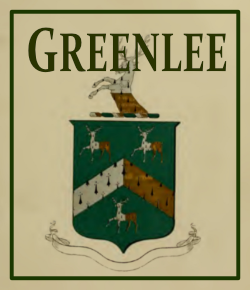 |
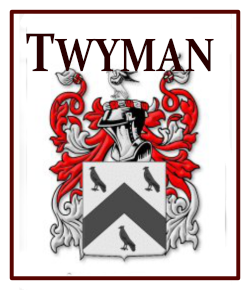 |
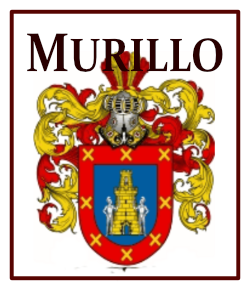 |
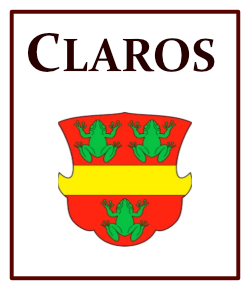 |
Categories
Genealogy
- Genealogy Portal
-
Search genealogical information related to the Greenlee, Murillo, Twyman and Claros families. Please contact us if you think we're related and can help each other in expanding our ancestry trees.
